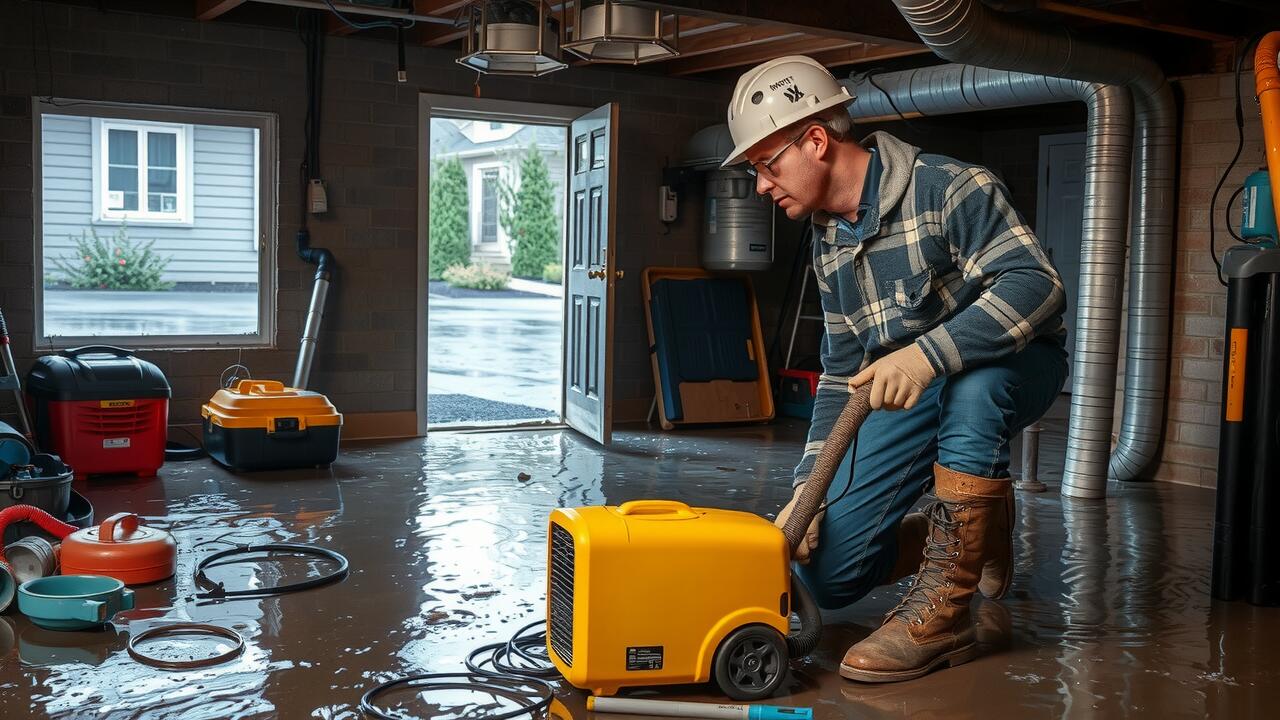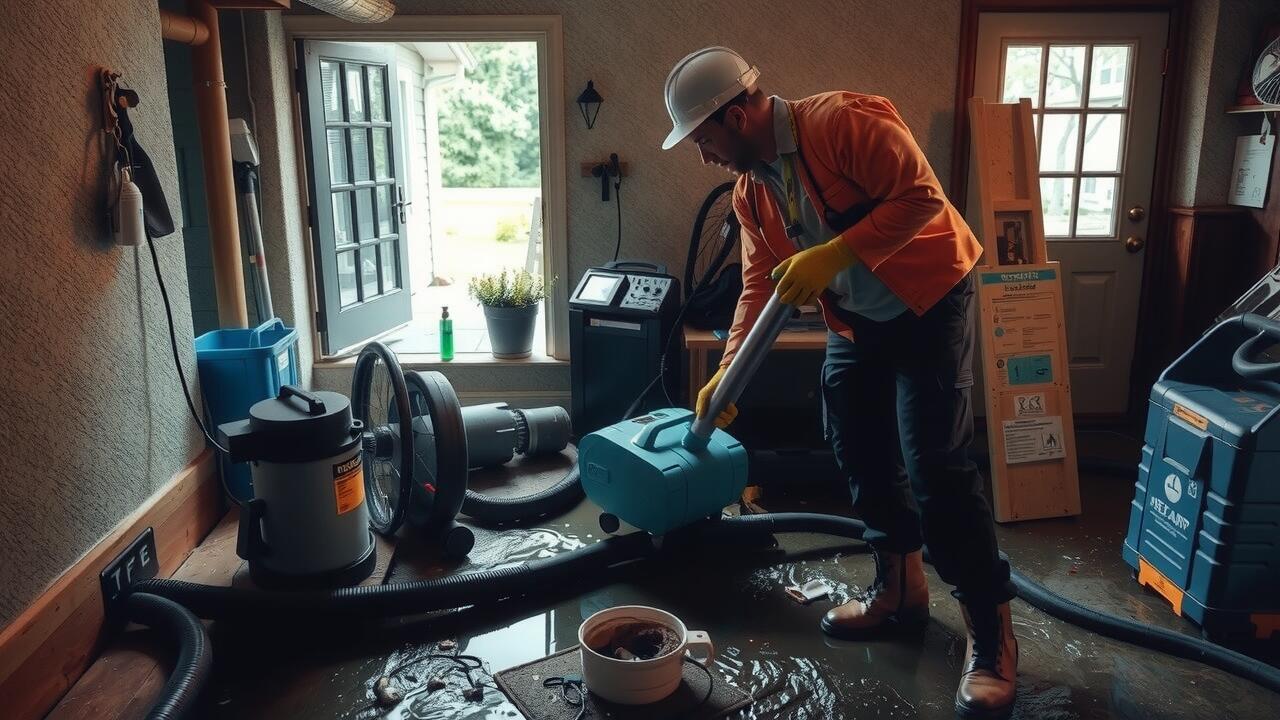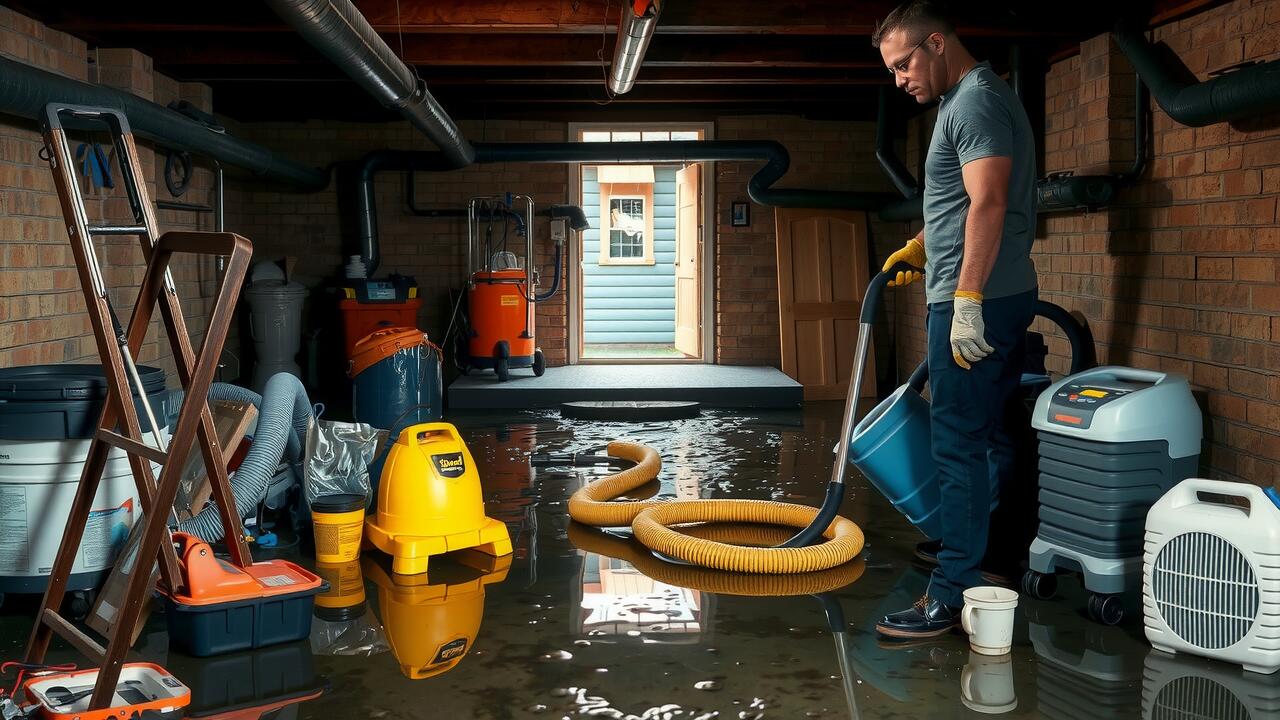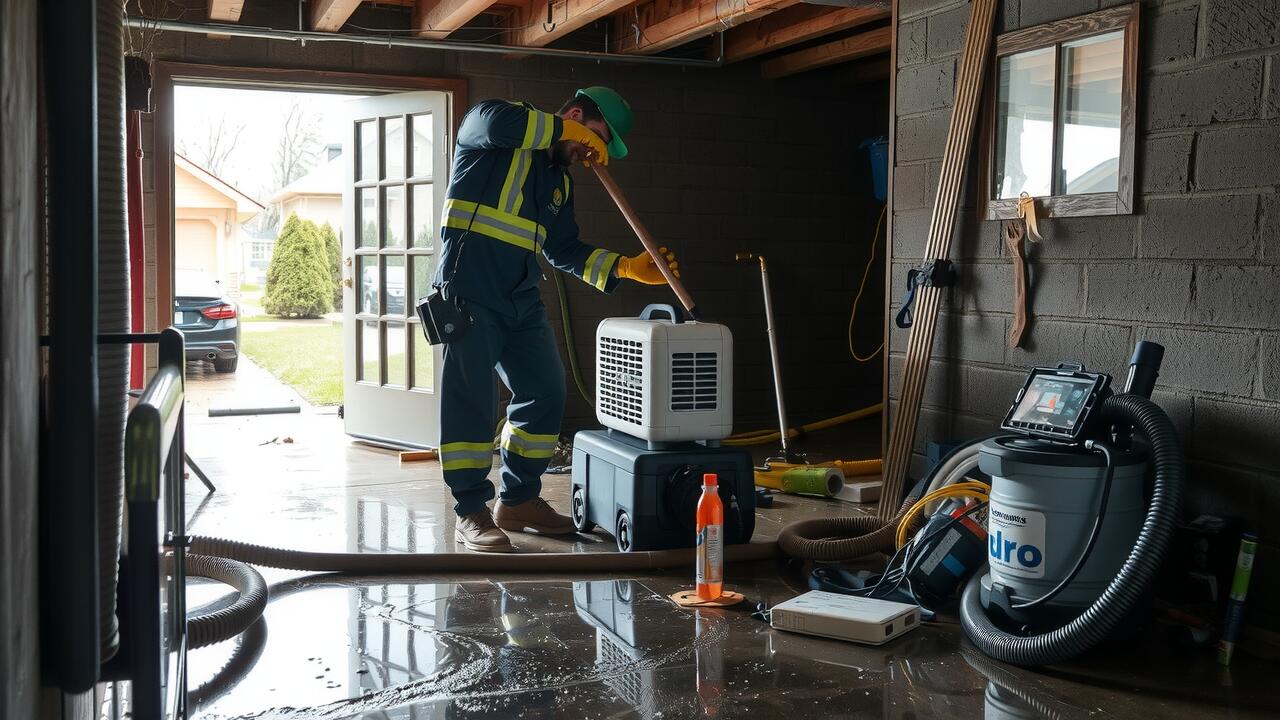Table Of Contents
Cleaning and Sanitizing the Area
Cleaning and sanitizing a flooded crawl space is crucial for preventing long-term damage and health issues. Start by removing any standing water using a submersible pump or wet vac. After that, it is essential to remove any damaged materials such as insulation, wood, and drywall, as these can harbor mold and odors. Use a mixture of water and a suitable disinfectant to clean the remaining surfaces thoroughly. Remember to wear protective gear during this process to ensure your safety.
Once the area is cleansed, it’s vital to focus on mold prevention. Use a powerful antimicrobial solution to treat the surfaces, especially in corners and crevices where moisture may linger. For those considering professional help, Flooded Crawlspace Repair in your area may offer specialized cleaning and sanitizing services. After addressing the immediate concerns, allow the space to dry completely before proceeding with repairs or renovations. Proper ventilation can also aid in drying and help prevent further issues.
Recommended Products for Mold Prevention
Choosing the right products for mold prevention after your crawl space has flooded is crucial in ensuring a healthy home environment. One highly recommended option is a mold-resistant sealant that can be applied to walls and floors. These sealants provide a barrier against moisture and prevent mold spores from settling. Additionally, specialized mold prevention sprays can offer extra protection. They are designed to kill existing mold and prevent future growth by inhibiting moisture retention.
During the process of Flooded Crawlspace Repair in your home, consider using commercial-grade dehumidifiers. These devices help maintain a low humidity level, which is essential in preventing mold development in damp areas. Be sure to monitor humidity levels consistently and change the filters in your dehumidifier regularly for optimal performance. By incorporating these products into your restoration efforts, you can significantly reduce the risk of mold growth in your rebuilt crawl space.
Repairing Damage Caused by Flooding
After assessing the extent of damage in your flooded crawl space, the first step in repairing it is to remove any standing water. This can be done using a submersible pump or wet/dry vacuum. Once the area is dry, inspect insulation, flooring, and wall structures for signs of rot or mold. In many cases, removing and replacing damaged materials will be necessary to ensure the integrity of the space. Homeowners often find that affected areas require thorough cleaning and treatment to prevent future issues.
Flooded Crawlspace Repair in areas with high humidity levels demands a thorough approach. After initial repairs, consider adding a vapor barrier to inhibit moisture from seeping into the crawl space. This barrier is essential for protecting new installations and can enhance the overall efficiency of your home. Regular inspections after repairs will help to catch any signs of recurring problems early, ensuring that your crawl space remains safe and dry.
Identifying Necessary Repairs
Assessing the extent of damage is crucial after a flood in your crawl space. Start by examining the structural elements, including beams and joists, for warping, cracks, or deterioration. Water exposure can weaken these components, making it essential to determine if they need replacement or reinforcement. Inspect insulation and any electrical systems as well, since moisture can lead to serious safety hazards. Documenting the specific areas of concern will help streamline the repair process.
When looking at Flooded Crawlspace Repair in your home, you may also need to address the impact on your home’s foundation. Water accumulation can lead to soil erosion or shifting, issues that may require professional evaluation. It is also wise to inspect for signs of pest infestations, as damp environments can attract unwanted critters. By identifying these repairs promptly, you can prevent further complications and safeguard the integrity of your home.
Preventing Future Flooding Issues
Creating a proactive plan to prevent future flooding is essential for maintaining the integrity of your home. Start by assessing the current drainage systems around your property. Ensure gutters are cleaned regularly and direct downspouts away from the foundation. Additionally, installing a sump pump can help manage excess water during heavy rainfall. Taking these steps significantly reduces the likelihood of water accumulating in your crawl space.
Consider investing in flood-resistant materials for repairs, especially if your area experiences frequent rain or flooding. A well-sealed foundation can further minimize water intrusion. Regular inspections of your crawl space will also help detect any early signs of moisture or damage. For homes experiencing recurrent issues, consulting professionals for Flooded Crawlspace Repair in your area can provide tailored solutions to enhance long-term protection against flooding.
Proper Drainage Solutions and Maintenance
Managing drainage is critical in preventing future flooding issues in crawl spaces. Implementing effective drainage solutions can significantly reduce the risk of water accumulation. Gutters and downspouts should be directed away from the foundation. Installing French drains or trenches around the perimeter of your home can also help channel water away effectively. These systems should be regularly inspected and cleaned to ensure they function optimally during heavy rain.
Routine maintenance plays a vital role in sustaining those drainage solutions. Clear any debris from gutters and check for blockages in drainage systems. Regularly inspecting the grading around the foundation can help identify potential water pooling areas. If you’re dealing with a flooded crawlspace repair in specific areas, addressing these drainage problems promptly can save significant costs and headaches in the long run. Keeping a maintenance schedule will ensure that your property remains well-protected against future flooding.
FAQS
What should I do immediately after my crawl space floods?
First, ensure your safety by avoiding contact with contaminated water. Turn off electricity to the area, remove any valuables, and start pumping out the water if possible.
How can I effectively clean and sanitize my flooded crawl space?
Begin by removing any standing water using a sump pump or wet/dry vacuum. After the area is dry, clean surfaces with a mixture of water and vinegar or a commercial cleaner. Be sure to wear protective gear while cleaning.
What products are recommended for mold prevention in my crawl space?
Look for mold-resistant sprays, dehumidifiers, and moisture barriers specifically designed for crawl spaces. Products containing borate or other mold inhibitors can also help in preventing future mold growth.
How do I identify necessary repairs after my crawl space has flooded?
Inspect for visible signs of damage such as water stains, warped wood, or structural issues. Check insulation and electrical systems for damage as well. It may be advisable to consult a professional for a thorough assessment.
What are some effective drainage solutions to prevent future flooding in my crawl space?
Consider installing a sump pump, French drains, or gutters to direct water away from your home. Regular maintenance, such as cleaning gutters and ensuring proper grading around your foundation, is also essential to minimize flooding risks.



